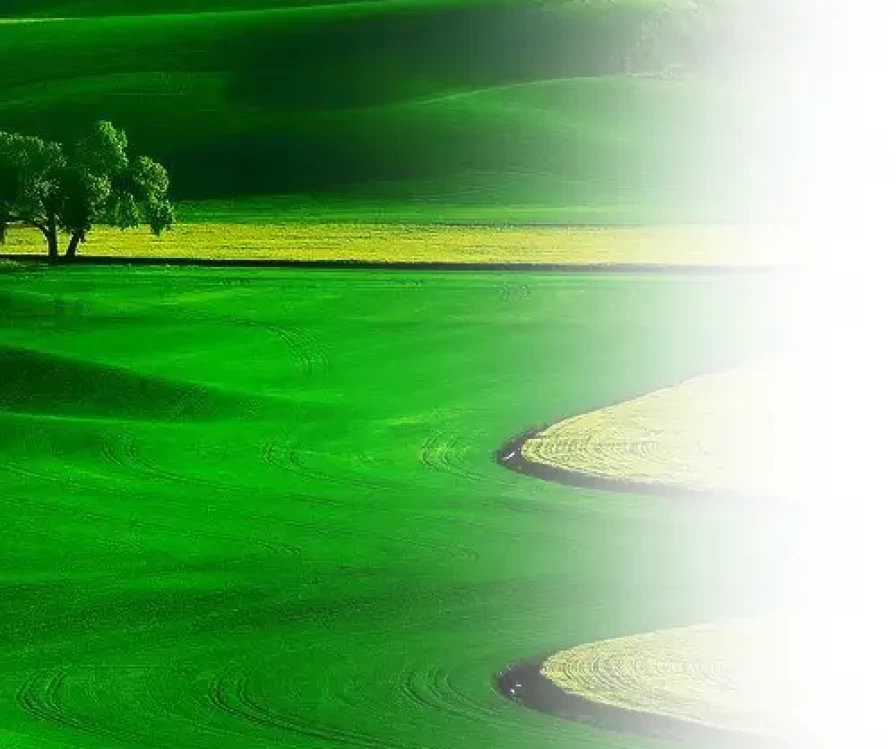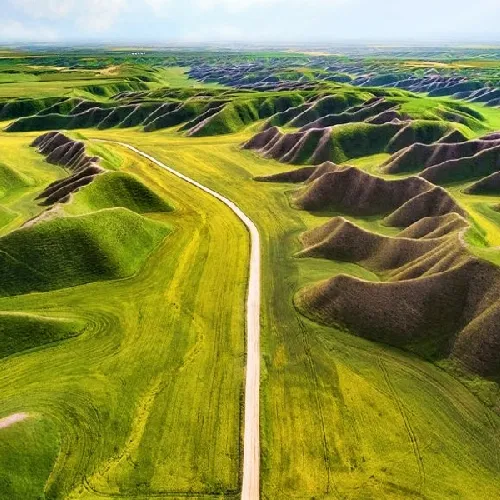
Torkaman Sahra , the most unique desert





Torkaman Sahra
Torkaman Sahra is a geographical region in northeastern Iran. In terms of geographical location, this region is bordered by the Caspian Sea to the west and the Republic of Turkmenistan to the north, which is 400 kilometers long from west to east, and is bordered by Khorasan and the semi-arid region of Bojnourd and Darreh Gaz to the east, and by the forested foothills of the Northern Alborz to the south. The slope of the land decreases from south to north and from east to west along the network of waters and rivers that flow into the Caspian Sea. Sahra Turkmen has special soils called loess, which are very loose and fine and have a very low degree of hardness. These wind-blown sediments are observed in the form of large hills on the surface of the region.
Torkaman Sahra Iran is different from other northern parts of the country, namely Gilan and Mazandaran, in terms of climate, vegetation, soil, and animal life, and this is characterized by a decrease in atmospheric precipitation, relative humidity, and an increase in temperature from west to east. The north of this region approaches the dry climate of Turkmenistan. As we go from west to east and from south to north, the ambient temperature increases. It is only in autumn and winter that the humidity of the region increases and a trip to Torkaman Sahra Iran in spring is very pleasant.
The vegetation of Sahra Torkaman is considered to be of the type of vegetation of hot, dry, and saline areas, and for this reason, this vegetation is suitable for raising camels and goats. Besides, the vegetation cover is grassy and dark wheat such as barley, in addition to various other plants such as brambles, phalaris, and dama, which are suitable for raising sheep and horses. The fauna of this region ranges from semi-desert to forest animals and includes wolves, Torkmen foxes, hyenas, rabbits, rats, hedgehogs and snakes and deer in the eastern part, birds such as ducks and geese in marshes and wet meadows, rock dove, sparrows, starlings, pheasants and francolinus in the southern part, and various families of falcons and eagles in the northern part of Torkaman Sahra.
In the rivers and coastal waters of the Caspian Sea, various types of fish are found in abundance in northern Iran, and fishing for them is the main occupation of the people of Bandar e Torkmen, Khajeh Nafs, and Kamesh Tappe. Due to the suitable vegetation and relatively humid climate of Turkmenistan, raising various types of livestock such as horses, cows, sheep, goats, and camels in these areas is possible and economically justified.
The Torkaman Sahra region has a very ancient history. This region is famous for ancient sites such as Dahe, Nishapur, Margiana, Nisa, Tapuristan, and Koumash. The relative majority of the population of Sahra Torkmen is made up of Turkmens, who are Turkmen and Sunni people of the Hanafi clan. The oldest archaeological findings in the northern region, pottery and human artifacts, date the history of settlement and life in this region back more than seven thousand years. The existence of the ancient cemetery and hill of Kamish Tappe Kouchak, the remains of the historical city of Jurjan, the historical wall of Jurjan in the north of Aq Qala city, Ashuradeh Island in the west of Bandar Turkman, dates the history of settlement in this area back to much earlier years. Hoping to see you in Iran, Golestan and Torkaman Sahra soon. Hoping for that day.
Contact Us
+989054577261